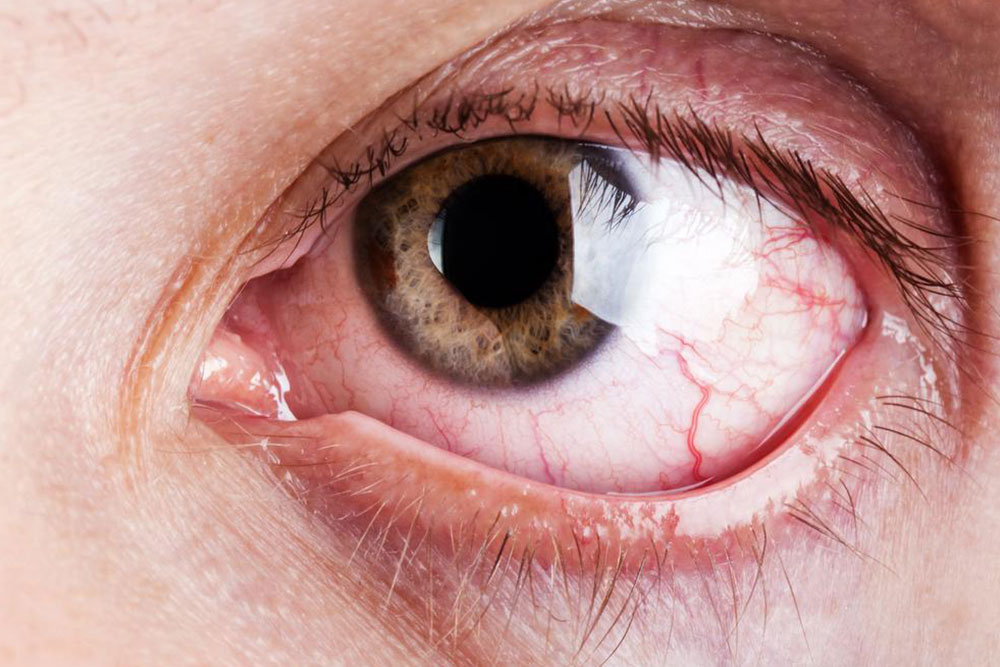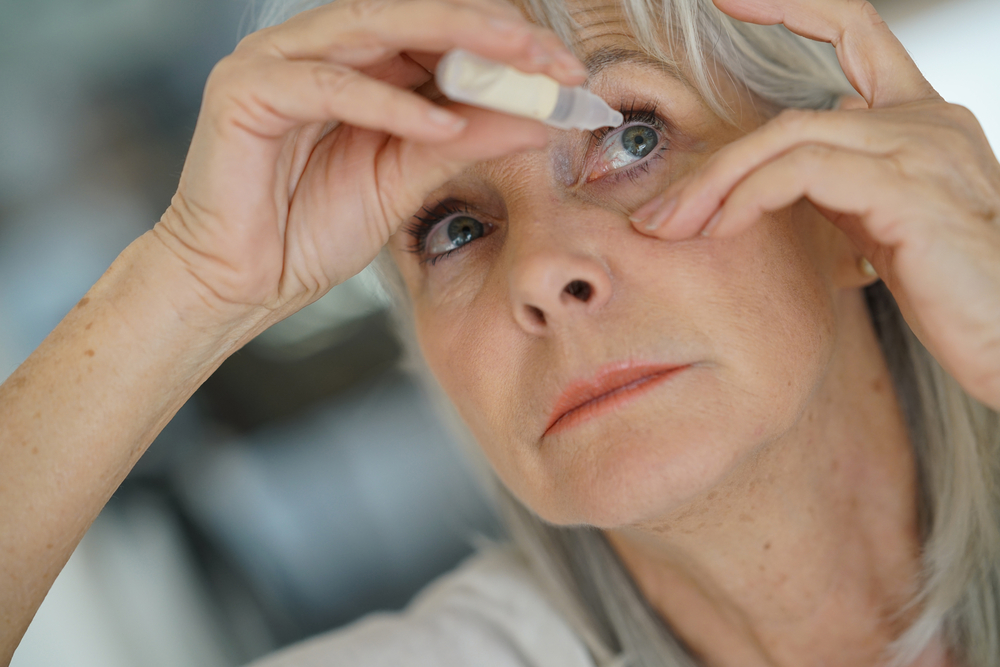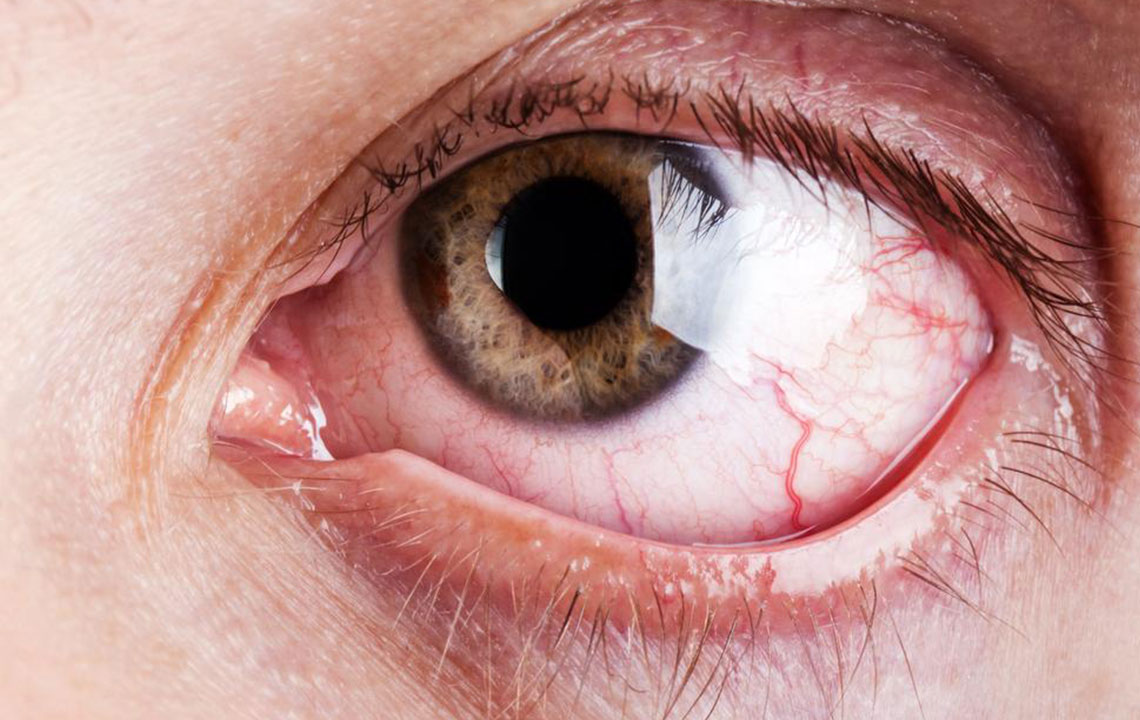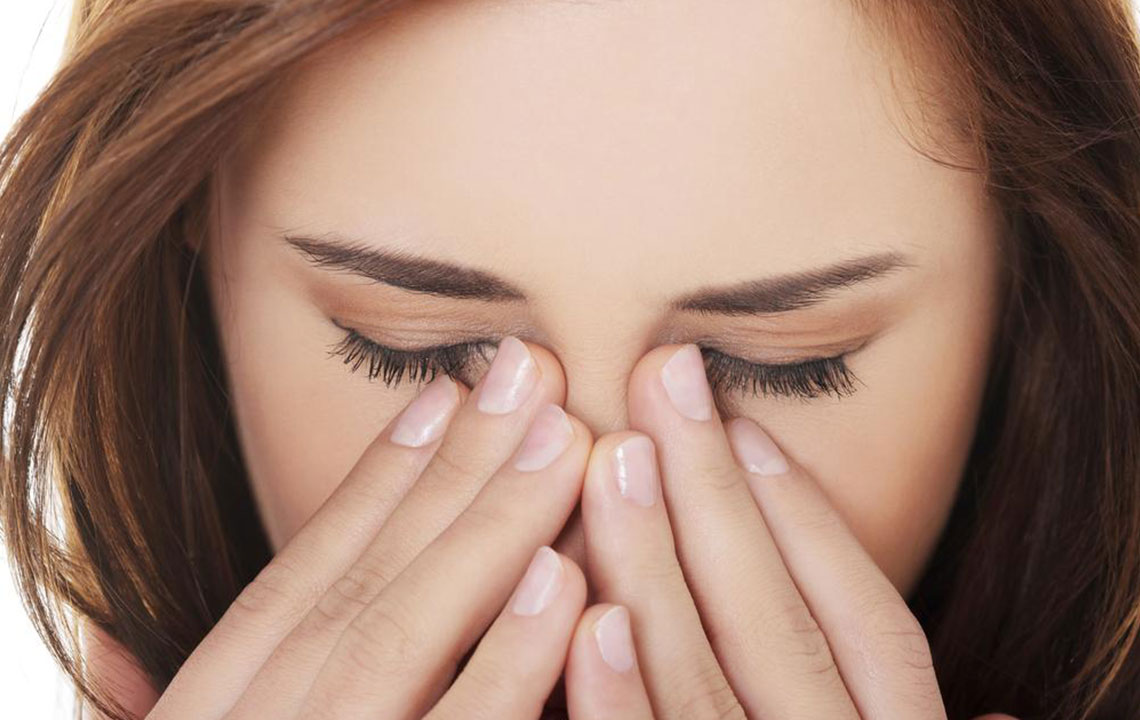Comprehensive Guide to the Causes and Management of Dry Eye Disorder
Dry eye disorder is a widespread condition caused by various factors such as aging, hormonal changes, autoimmune diseases, and eye surgeries. This comprehensive guide explores persistent symptoms, underlying causes, and effective management methods, including lifestyle changes and medical treatments. Understanding these causes allows for tailored care, improving quality of life for those affected by dry eye syndrome. Whether experiencing mild irritation or severe discomfort, knowing the factors behind dry eye can help in seeking appropriate treatment early and maintaining optimal eye health.

In-Depth Exploration of Dry Eye Disease: Causes, Symptoms, and Treatment Options
Dry eye syndrome, also known as dry eye disease, is a common yet complex condition that affects millions worldwide. It occurs when the eye's surface lacks sufficient moisture, leading to discomfort, visual disturbances, and a decrease in quality of life. The primary cause often stems from dysfunction or damage to the lacrimal glands that produce tears. Additionally, various environmental, hormonal, autoimmune, and lifestyle factors contribute to its development. Understanding these factors is crucial for effective treatment and management.
Recognizing Chronic Dry Eye Symptoms and Indicators
Persistent burning, stinging, or scratchy sensations in the eyes
Presence of stringy or mucoid fluid around the eyes, especially in the mornings
Increased light sensitivity, making it difficult to tolerate bright environments
Redness and inflammation of the conjunctiva
Feeling of a foreign object or grit in the eyes that doesn't go away
Difficulty wearing contact lenses comfortably
Problems with night driving due to glare and reduced contrast sensitivity
Reflexive tearing that occurs as a response to irritation
Blurry vision or eye fatigue after prolonged visual tasks
The Role of Aging in Dry Eye Development
Dry eye syndrome becomes increasingly common with age
Approximately 30% of individuals over 50 experience noticeable symptoms
Natural decline in tear production as part of aging process
Additional age-related changes include less effective eyelid spreading and meibomian gland dysfunction
Potential duct blockages or inflammation within tear-producing glands
While common, dry eye in older adults is usually manageable with appropriate treatment
Hormonal Factors and Their Impact on Tear Production
Fluctuations in hormones significantly influence tear secretion levels
Postmenopausal women are at higher risk due to decreased estrogen levels
Pregnancy-related hormonal changes may also contribute to transient dry eye symptoms
Hormone replacement therapies might have side effects impacting eye moisture
Autoimmune and Systemic Conditions Linked to Dry Eyes
Autoimmune diseases like Sjogren’s syndrome, lupus, or rheumatoid arthritis can impair tear and saliva glands
Sjogren’s syndrome involves immune-mediated destruction of moisture-producing glands
These conditions cause irregularities in tear composition, leading to dryness
Thyroid disorders like Graves’ disease can also cause or exacerbate dry eye symptoms
Effects of Eye Surgeries on Tear Production
Laser procedures, such as LASIK, may temporarily disturb tear film stability
Nerve damage during surgery can diminish signals to the lacrimal glands, reducing tear secretion
Most patients experience recovery within a few months, but some may have persistent dry eye symptoms
Comprehensive management of dry eye disorder involves both lifestyle modifications and medical interventions. Regular eye evaluations help identify underlying causes and tailor treatments. Artificial tears and lubricating eye drops are often the first line of defense, providing immediate relief. For more persistent cases, anti-inflammatory medications, punctual plugs, or even surgical options might be recommended. Additionally, adopting habits like taking regular breaks during screen time, using humidifiers, and protecting the eyes from wind and smoke can significantly reduce symptoms. Recognizing the multifactorial nature of dry eye syndrome enables effective, personalized treatment strategies to improve both comfort and vision quality.





